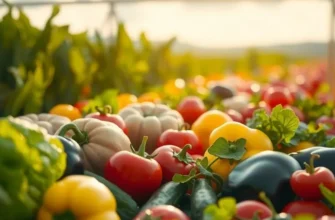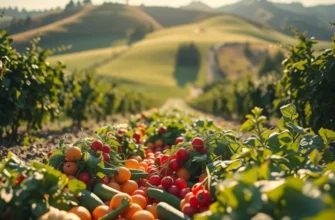Creating smooth sauces can elevate your meals, whether you’re preparing a simple weeknight dinner or an impressive feast. From creamy béchamel to rich, glossy gravies, mastering the techniques for perfect sauces is a skill every home cook should strive for. With a few essential tips and easy steps, you’ll be whipping up velvety sauces that enhance your dishes and impress your family and friends. Let’s get started on smooth sauce perfection!
Fundamentals of Sauce Consistency

Understanding sauce consistency is key to elevating your culinary creations from simple to sophisticated. The texture and mouthfeel of a sauce are primarily influenced by two factors: emulsification and the use of thickening agents.
Emulsification is the process of combining two immiscible liquids, such as oil and water, into a stable mixture. This is crucial in making mayonnaise or hollandaise. The role of emulsifiers—like egg yolks—cannot be overstated. These act as binding agents to keep the liquids from separating. Gentle whisking and gradual incorporation of ingredients usually work best to achieve a stable emulsion.
On the other hand, thickening agents play their own crucial role. They serve to add body to a sauce, ensuring it clings to food rather than running off it. Here’s where agents like butter, cream, and cornstarch come into play. Butter can not only thicken a sauce but also add a rich, velvety finish. For best results, incorporate butter by swirling it in small amounts at low heat to prevent separation.
Cream is another option, offering a smooth texture and luxurious taste. It’s particularly effective in crafting creamy pasta sauces. To avoid curdling, mix cream toward the end of cooking and ensure the sauce isn’t boiling.
Cornstarch is an excellent choice for those seeking a lighter alternative. To avoid lumps, create a slurry by dissolving cornstarch in cold water before adding it slowly to a simmering sauce. Remember, the sauce will continue to thicken as it cools, so take that into account.
Getting the sauce consistency right isn’t just about ingredients; it’s also about technique. Using a whisk or immersion blender can help achieve a uniform texture, breaking up any unwanted clumps. A quick test: dip a spoon into the sauce, then draw a line through the sauce with your finger. If the line holds, your sauce is likely at the right consistency.
For those seeking more tips on making sauces environmentally friendly, this resource offers excellent advice on safe and effective storage solutions.
Mastering these fundamentals can transform even the most basic dish into a culinary masterpiece. Attention to detail goes a long way, ensuring every sauce you make is just the right balance of smooth, thick, and delicious.
Techniques for Creating Velvety Sauces

Achieving a velvety texture in your sauces requires a careful blend of techniques that balance flavor and consistency. One fundamental aspect is the technique of reduction. This process involves simmering a liquid until it loses some of its moisture, thereby concentrating its flavors. As you reduce a sauce, keep the heat even to avoid scorching. Slow reduction allows flavors to meld deeply and results in a silky texture. Remember, lower heat and time are your allies here.
Incorporating dairy is another avenue for crafting a creamy sauce. Ingredients such as cream, milk, or butter can enhance the sauce’s texture and richness. When using cream, consider its fat content; higher fat helps prevent curdling when exposed to heat. Similarly, butter can be whisked in at the end of cooking to create an emulsion, adding a luscious feel and sheen to your sauce.
The art of blending acts as a bridge to ensure all components in your sauce unite smoothly. Use a blender or immersion blender to combine elements, especially when integrating solids or creating purees. Blending not only homogenizes the mixture but also aerates it slightly, contributing to the desired mouthfeel. Adjust seasoning after blending, as flavors can change during this process.
To avoid common pitfalls, such as separation, ensure your cooking temperatures are not too high, especially when incorporating dairy or eggs. Gradually temper dairy by adding a bit of the sauce to the dairy first before combining everything. This step helps stabilize the mixture. If you notice graininess, it could be due to improperly combined elements or overheating. Strain the sauce through a fine sieve to rectify such issues, restoring its smooth consistency.
Understanding the science behind these techniques can enhance your sauce making. Factors such as pH and protein binding play roles in ensuring textures remain intact. A balance of fat, liquid, and thickeners like starch can aid in achieving saucy perfection without relying on pre-packaged thickeners. For more savvy sauce crafting hacks, explore easy sauce simmering methods in this helpful guide. Adapting and mastering these techniques with practiced patience will yield sauces that not only complement your dishes but elevate them.
Final words
Smooth sauces can transform any meal, making them richer and more flavorful. By mastering fundamental techniques and becoming familiar with various ingredients, you’ll be well on your way to elevating your culinary creations. Remember, practice is essential. Don’t hesitate to experiment with different flavors and consistencies until you find what works best for you. Embrace the art of sauce making, and soon, you will have those noteworthy dishes that everyone will rave about.







